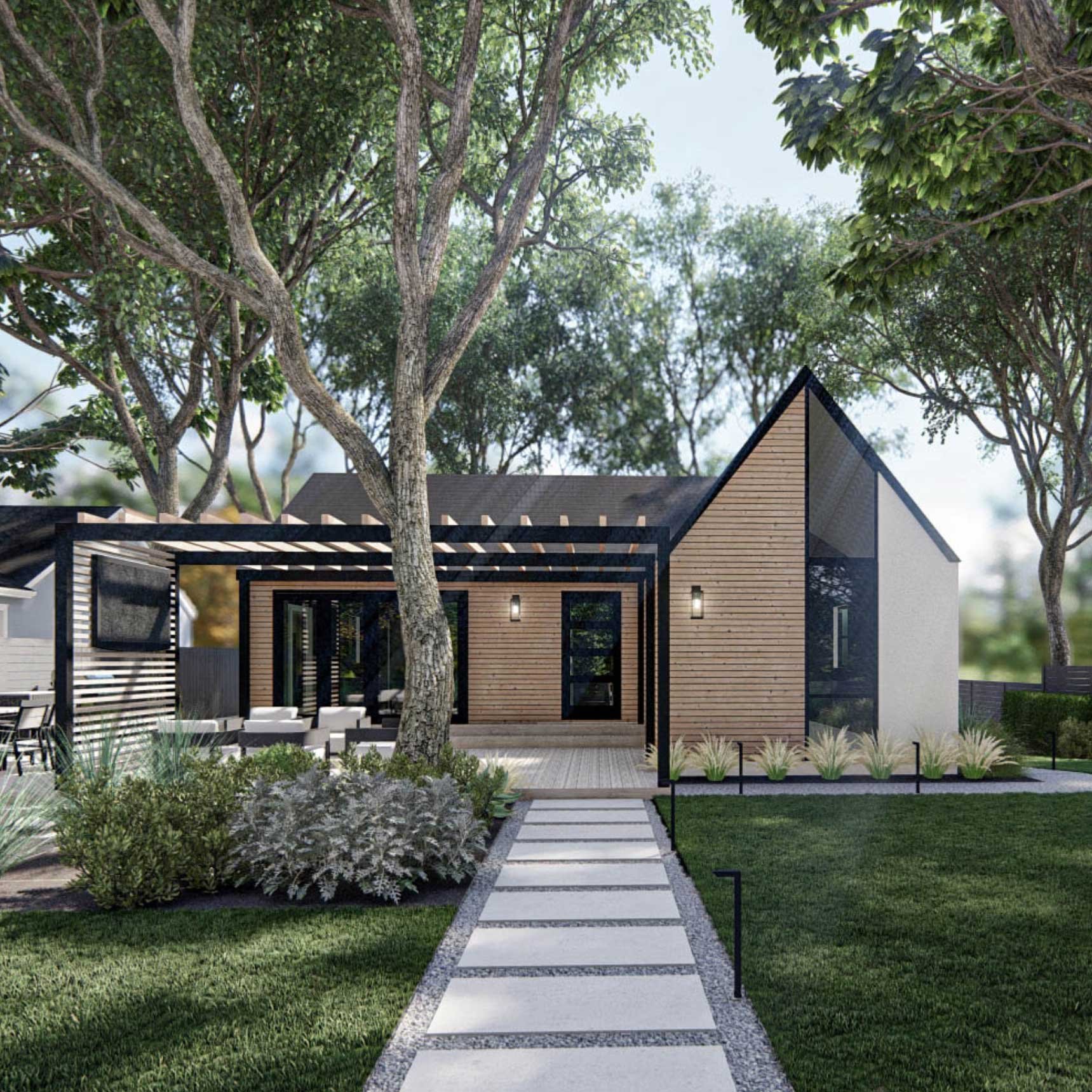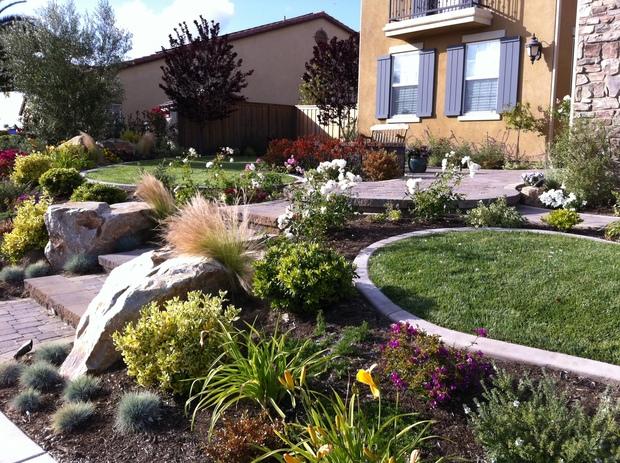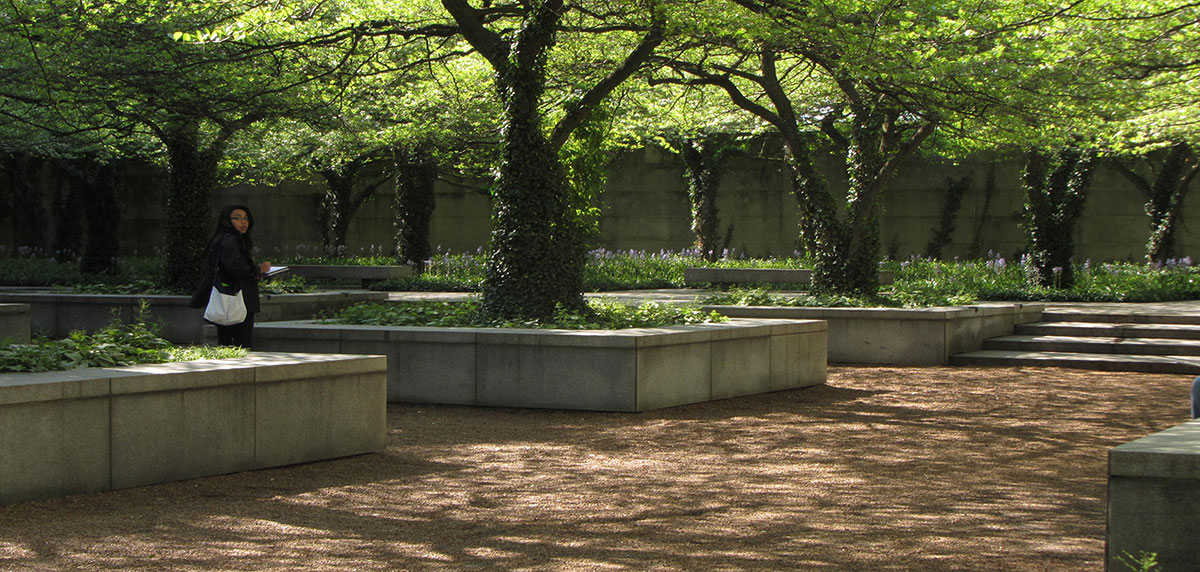The Basic Principles Of Landscapers
Table of ContentsThe Greatest Guide To LandscapersThe smart Trick of Landscapers That Nobody is Talking AboutThe Main Principles Of Landscapers 7 Easy Facts About Landscapers ShownFacts About Landscapers UncoveredLandscapers for Beginners
- A yard attribute where water is stood for by an accumulated stone item, normally a crushed rock or granite. These are most commonly located in modern and Japanese garden design.- A stone or natural flagstone patio, path, or pathway built without a concrete base. The base would be compacted crushed rock and the joints would certainly be an accumulation or walkable ground cover. - A stone retaining or free standing wall surface constructed without the use of mortar. - An underground structure that accumulate water and enables it to slow down percolate into the soil around it.
Landscape design that is compatible with a sites' atmosphere in both look and sustainability without adverse impacts to the environment. Bordering in the landscape is a line of separation that develops visual interest in the yard by separating one sector from an additional section.
Locations can also have a sensation of "unit" given by trees, other plantings, fencings, or screens. The landscape near the access to a building. A tree, hedge or creeping plant, educated to expand on a wall surface or fencing right into a particular pattern. Specifically helpful for fruit trees, making it very easy to harvest the fruit and containing mess.
Some Of Landscapers

The component in a landscape style or location in a landscape that is meant to be most famous. The centerpiece can be a plant, rock, statuary, gathering room, or other landscape feature. A design of gardens or garden elements that emphasize straight lines, appropriate angles and circles. Bushes or shrubs located in beds near the structure of a home or various other structure.

Not known Facts About Landscapers
Rock product, either rounded or fractured, that is fairly small- typically 1" or much less. Reduced plants that are enabled or urged to spread out over an area. Can refer to any "hard" garden components including statuary or rocks yet most generally is used to describe paths, patio areas, and walls.: Elevation difference between the level of water in a pond (or the degree of the pump if it rests outside the pond) and the upper outlet of water which affects performance of the water pump in gph (gallons per hour). Thick bushes or trees that click here for info develop a fence, display, or boundary.
Fence boards that run flat, frequently utilized in modern-day or Japanese-inspired landscape layouts. Proper usage of imaginary lines can help the landscape really feel attached to the home and other aspects.
Traditional PNW landscapes are informal. A plant that spreads out more than wanted, or right into habitats where it does damages.
The 6-Minute Rule for Landscapers
Can consist of head positionings and protection, pipe sizing, GPM specifications, and materials needed to mount this system. Accredited specialist that develops landscapes, coached in engineering and design as well as in gardening.
The expert who plans and creates landscape projects, typically at a property or little commercial degree with the major style inspiration on growings. Landscape designers generally have much less schooling than Landscape Architects and are not accredited. A completed landscape style, detailing all components for the new landscape. This usually takes the kind of a drawing theoretically.
Calcium material utilized to raise the pH in soil, which will make it much less friendly to moss (Landscapers). A water limited HDPE material used underneath ponds, streams and waterfalls in water features. Making use read review of several growings of the same range to complete an area in the landscape. This can reduce maintenance and water use in the garden.
A layer of compost or bark dust used at the base of a plant. A plant that was existing in a geographic location prior to individuals began changing the landscape.
Landscapers for Beginners
How the yard or a garden aspect is prepared in connection to an existing or brand-new attribute or to an instructions. Keeping a lawn without making use of chemical herbicides, pesticides, or plant foods. Grasses that are not mowed however expanded in landscapes as perennials. This is a partly open sided relaxation or leisure location that joins a residence, used for enjoyable, exterior dining and merely taking pleasure in the outdoor setting.

Small round gravel. Plants that offer seasonal passion and afterwards pass away back in the wintertime. Annuals do not return the following period, however perennials do. Winter season yard that is one of the most typical turf grass in Portland, OR et cetera of the PNW.An open roofed structure over a patio or various other landscape function.
Basalt accumulated varying in size from 1/4" down to dust. The most common landscape crushed rock in the PNW. Area of the landscape developed to manage rainfall water up until it can soak right into the ground. A chain that regulates water as it takes a trip from a roofing seamless gutter to the ground. Yard framework that produces a growing location that is contained and more than the bordering grade.
Structure made from timber, concrete, paving rocks, blocks or various other products for stabilizing slopes and protecting against too much disintegration. Slim watercourse. Creating a garden function being composed largely of stones with growings that complement and can grow in the rocky setting. Sprinkler head design that revolves a stream of water throughout a location.
The Buzz on Landscapers
